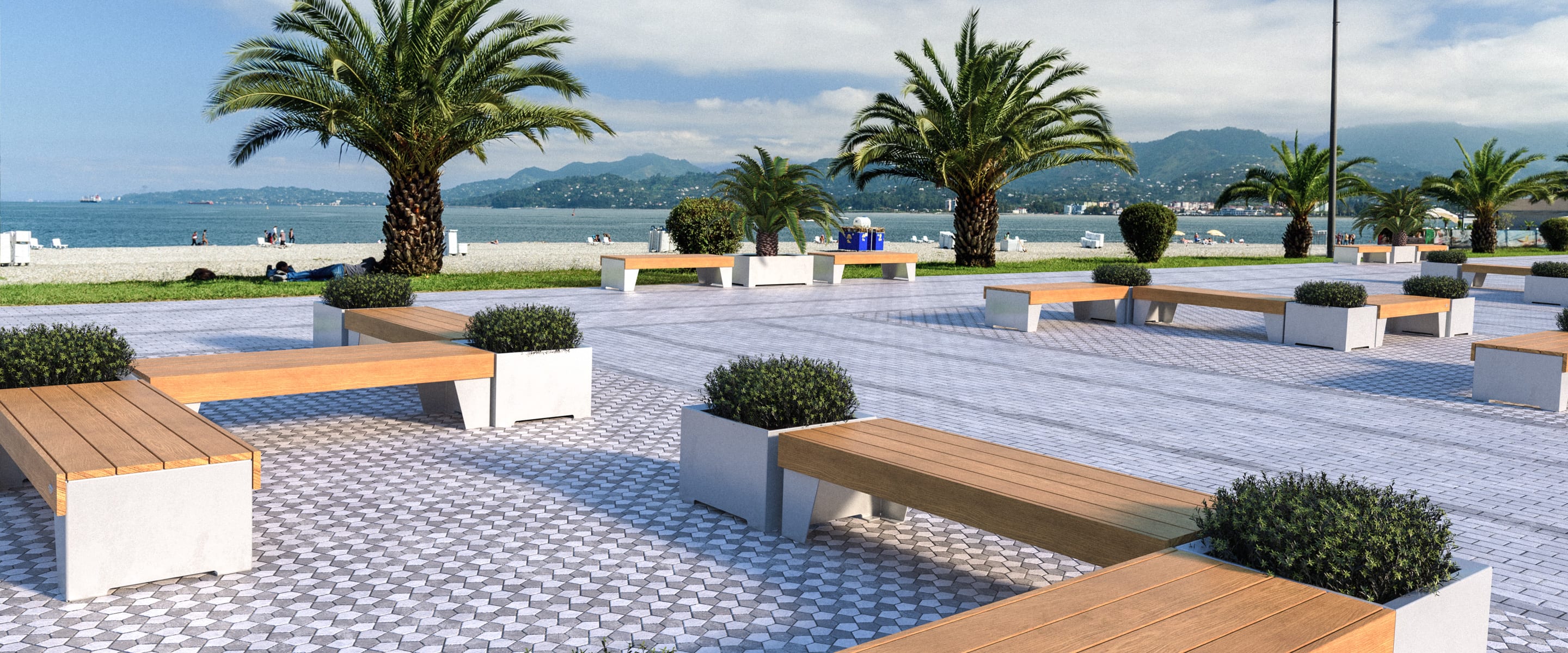Explore our collection of commercial outdoor benches, offering a variety of styles, including serpentine curves, circular designs, and sleek minimalistic forms. With our integrated planter boxes, you can add a touch of greenery to your space while providing comfortable seating for your visitors.
Whether you're looking for a park bench seat or a park bench and table combination, our extensive range guarantees you'll find the ideal style for your next urban project. Choose from modern park benches, university benches, communal benches, and durable commercial picnic benches to create inviting spaces for relaxation and social gatherings.
Products
New
Showing
of 55
